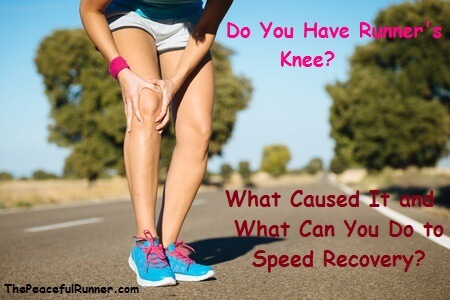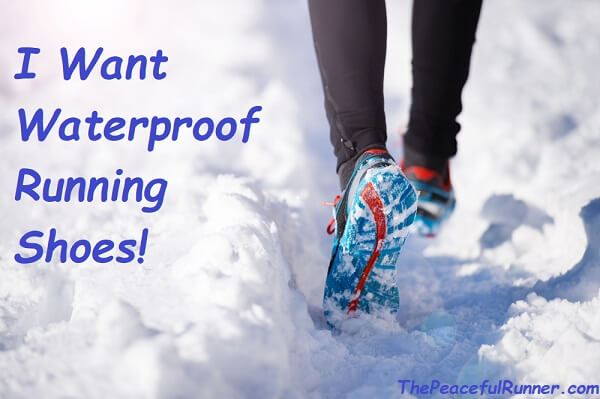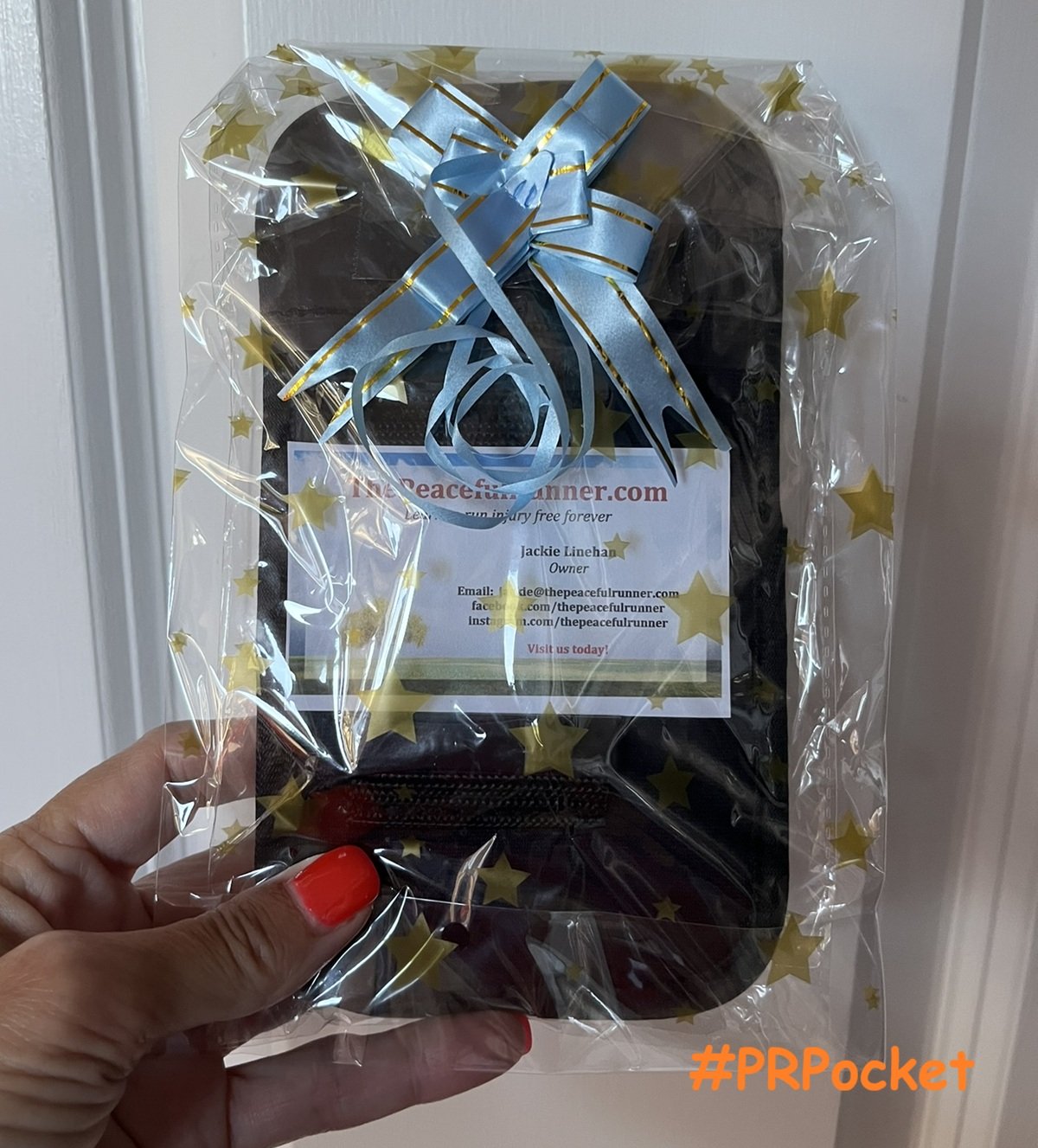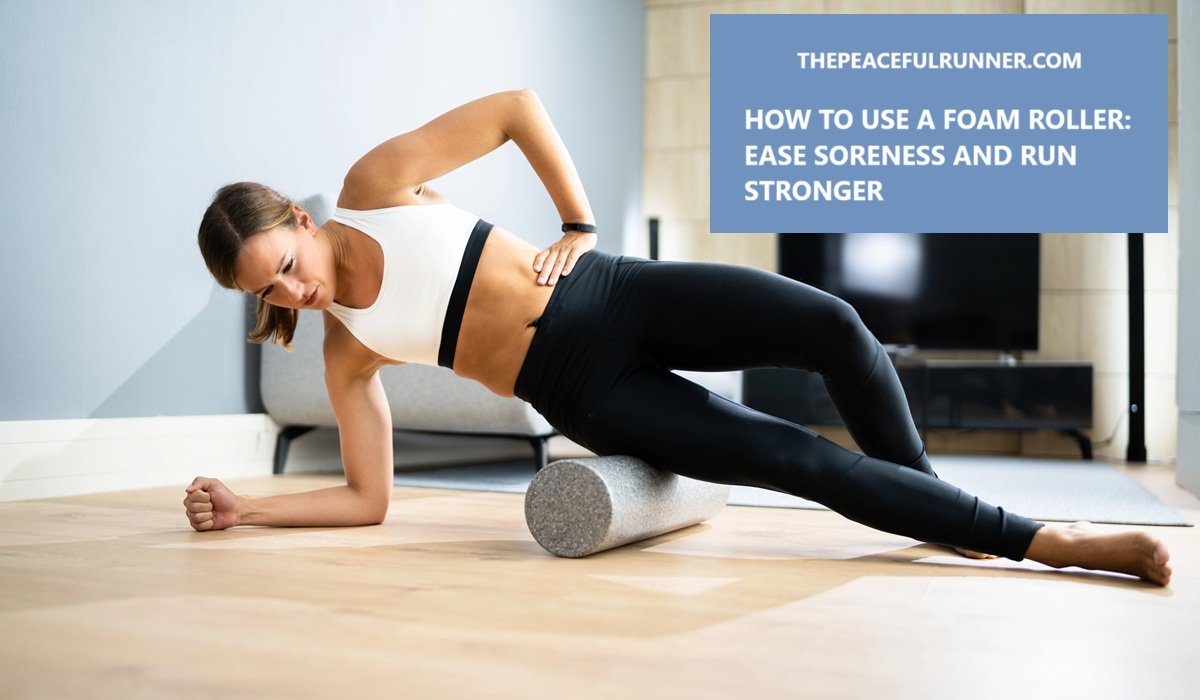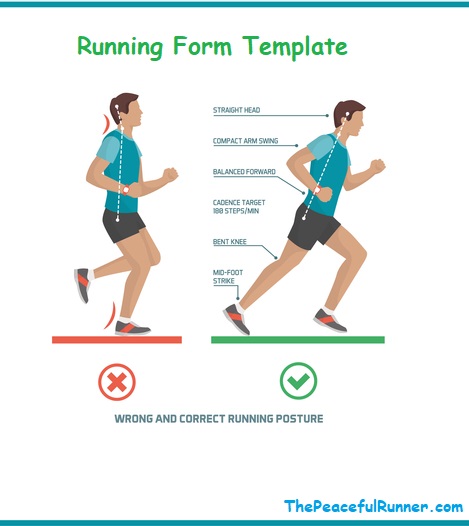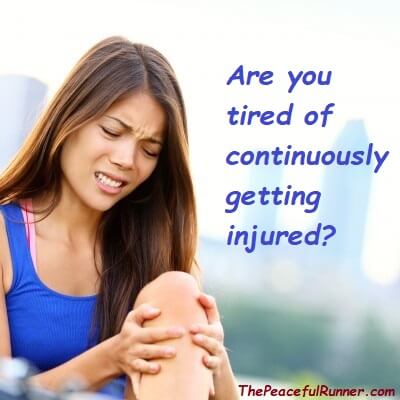- Home
- Running Injuries
- Runners Knee
What is Runners Knee?
FTC Disclosure: As an Amazon Associate, I earn from qualifying purchases. Learn more
Runners knee is a painful knee injury that runners experience when the cushioning cartilage under the knee cap becomes soft or worn and the knee cap no longer slides easily over the knee. A dull pain is felt behind or around the top of the knee cap. It is the most common of all running injuries and accounts for 27 percent of running related injuries.
NOTE: If you are experiencing pain on the outside of your knee, you are probably suffering from IT band syndrome.
With runner's knee, the knee pain feels worse after running downhill or walking downstairs. You may experience swelling and inflammation and hear clicking or popping sounds when moving the knee as the knee cap is off track. Sitting for long periods of time will aggravate the condition.
As with any injury you may experience, always seek advice from a medical professional.
What Causes Runner's Knee?
There are a number of possible causes for runners knee, but the problem doesn't usually originate in the knee. It can be caused by an incorrect running posture or an imbalance of the muscles that support the knee. If you have weak quadriceps and tight hamstrings, it can create an imbalance that puts too much stress on the knees.
Some other possible causes are:
- Over-training
- A recent increase in mileage or speed
- Running on uneven surfaces
- Tight calf muscles
- Incorrect or worn shoes
- Doing too much too soon after a rest period
Recovering from Runners Knee
The most important part of recovery that no one wants to hear about is rest. It is essential to rest (sometimes for several weeks or more) to provide time for the tendons and ligaments to heal and the inflammation to settle. Without proper recovery, you may develop a chronic knee injury.
Some of the treatments that are regularly used to treat and speed recovery are:
- An ice pack or cold wet towel
- Alternate cold and heat therapy to promote healing
- Avoid stairs and sitting for long periods of time
- Try quad strengthening exercises, i.e. walking or running backwards
- Do straight leg lifts
- A knee sleeve can help improve blood circulation to the area and reduce swelling.
Try these - 5 Ways to Speed Injury Recovery and take charge of your own healing recovery or listen to our Guided Running Injury Healing Meditation to recover faster!
You may also want to consider deep water running, which is a great way to maintain your fitness while taking a break from running. It is a non-impact workout that most closely emulates running.
Also be sure to seek professional medical advice, which will probably involve physical therapy treatments to help balance the muscles that support the knees.
Getting Back to Running!
When you feel that it is ok to try running again, start back slowly and gradually. You don't want to aggravate your knee pain. This is the time to re-evaluate your running form and particularly your foot strike especially if you are a heel striker.
Many believe that the high impact of landing on the heel while running can cause much damage to the knees; therefore, changing your running foot strike could be very beneficial. If your form or your landing strike is the source of the problem, the knee injury will re-occur unless corrected.
If you have experienced Runners Knee, please share your experience in the comments below so others can benefit from your experience.
Back to top of Runners Knee
Return to Are You Prone to Running Injuries?
- Home
- Running Injuries
- Runners Knee
FTC Disclosure: As an Amazon Associate, I earn from qualifying purchases. Learn more
NEW FEATURE - DISQUS COMMENTS!
Login using Facebook, Twitter, Google or Disqus.
Recent Articles
-
Winter Running Tips and the Best Waterproof Running Shoes
Nov 15, 25 01:55 PM
-
When the Music Stops, Awareness Begins
Nov 05, 25 10:54 AM
-
Get yours in time for gift giving!
Oct 24, 25 12:32 PM
-
Change How You Deal with Running Pain
Oct 10, 25 08:53 AM
-
Surprising Benefits of Backwards Running
Sep 15, 25 12:40 PM
-
It's an Awesome Product!
Aug 28, 25 09:25 AM
I went out for a walk this morning and I used the #PRPocket for the first time. I had to check at least 3 times because I thought I lost my phone (iPhone -
Running in Hot Weather: What Every Runner Needs to Know!
Aug 14, 25 01:00 PM
-
Sick of Dieting? You’re Not Alone — And There Is a Better Way.
Jul 30, 25 12:18 PM
-
Tips and Drills to Improve Your Running Cadence
Jul 25, 25 12:52 PM
-
Give Yourself a Self-Myofascial Release at Home with a Foam Roller!
Jun 28, 25 07:19 AM

